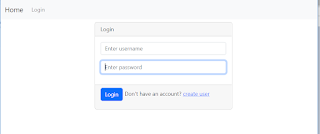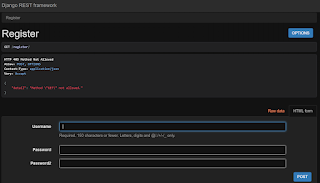React Django & Mysql to build a full stack job application website

In the earlier tutorials, you created APIs to perform CRUD operations on products table of MYSQL database, and to allow a visitor to register a user account and login to obtain json web token to access protected views. The backend APIs are ready to be accessed by a client app. Now, we create a client app using React to use the APIs. After finishing the client app, we have a full stack job application website using React Django and MYSQ L. The job application website allows a visitor to create an account and login to post new job application form or update an existing one. To get started with React, you have to install NPM (Node Package Manager) and a code editor. In my machine, i have Node 16.10.0 and NPM 7.24.0 and VS Code. To create React jobapp app, change to a working directory and execute the following command: D:/> npm init react-app jobapp After the initialization complete, jobapp folder of the React app is created in the drive D:. To open the jobapp app in VS Code, launch
